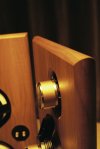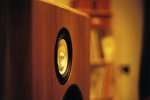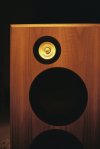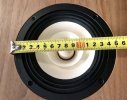The way the P05 works is that you use a 16 volt AC "Wal-Wart" which drops the mains voltage down to 16 volts AC and then the P05 converts that to +/- 15 volts DC. This makes things very safe as the mains work is all done with a commercial double insulated and thermally protected Wal-Wart.I had looked at it, even considered ordering it too, but I'm not too comfortable about building a PSU and eventually leave it unattended.
Plus there's already one laying around half unused.
Does it really make that of a difference three more volts?
Don't confuse a single 18 volt supply with a +/- 15 volt supply... they are different animals and not interchangeable.




